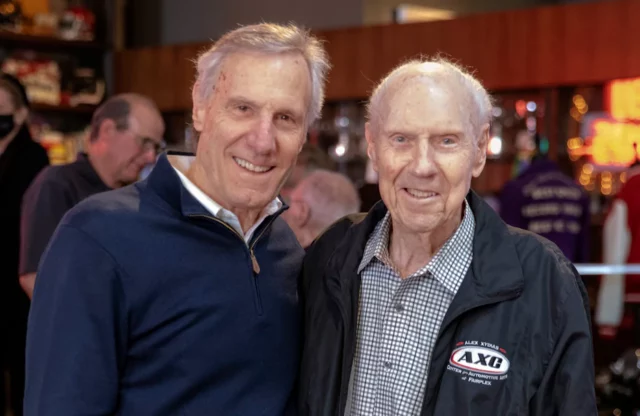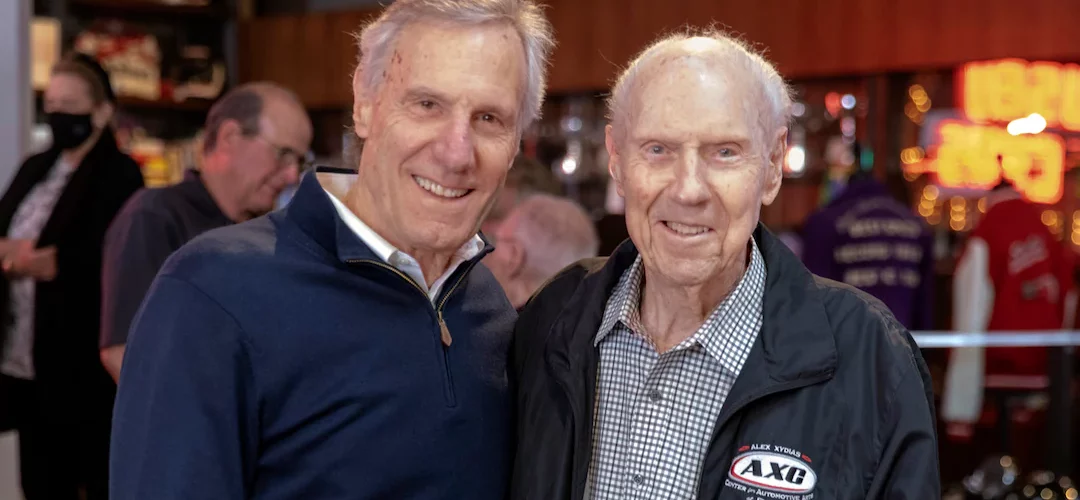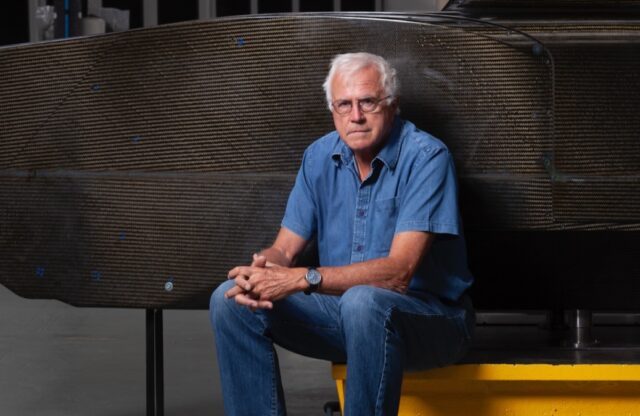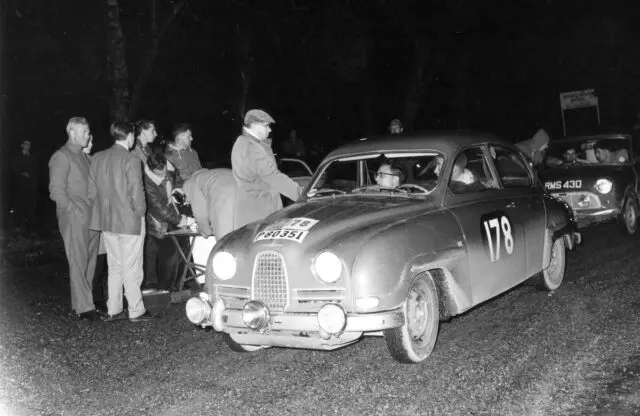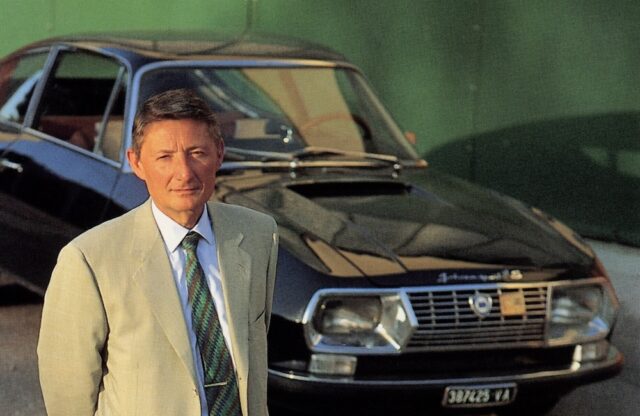Hot rod pioneer, So-Cal Speed Shop founder, World War Two veteran and SEMA co-founder Alex Xydias died in Southern California on August 24, 2024. He was 102 years old. Xydias, a legendary figure in the hot rod community, passed away peacefully. He leaves behind a legacy that helped to shape American car culture.
Alex’s journey to hot-rodding fame began at 19, when he purchased a 1929 Ford and began taking it to a dry-lakes meet at El Mirage. Unfortunately, America’s involvement in World War Two meant his quest for speed was put on hold, and he was drafted into the Army Air Corps as an engineer-gunner on B-17 and B-25 bombers in 1941.
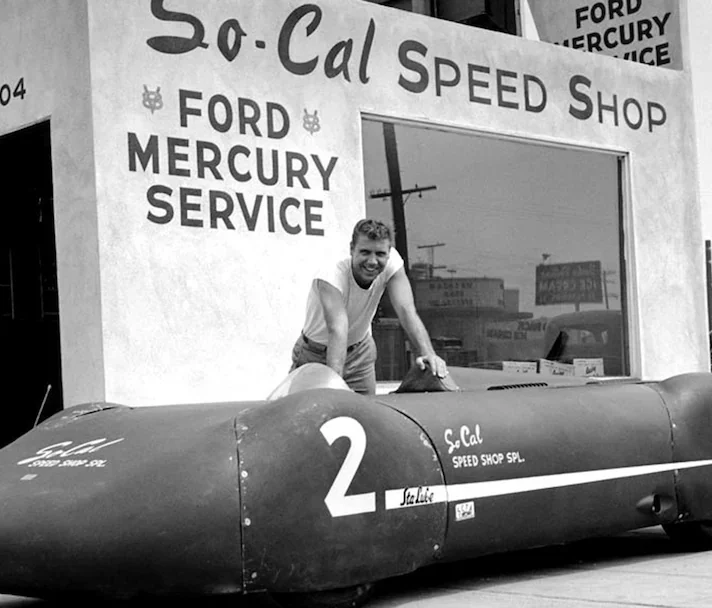
War hero, motoring trailblazer and legend of the hot-rodding scene, Alex was truly one of a kind
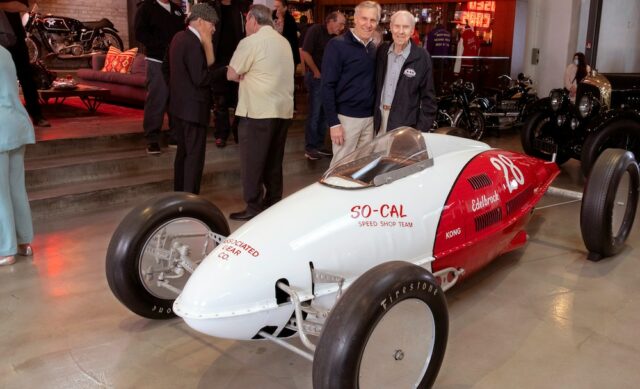
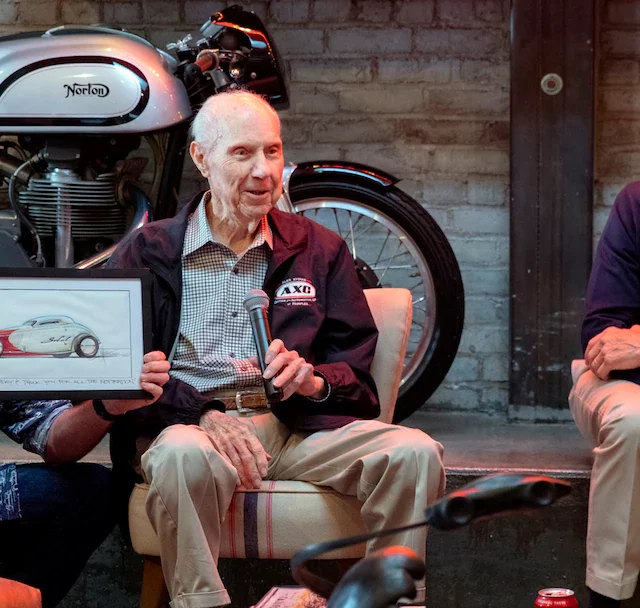
The silver lining of conscription was that it sharpened Alex’s engineering skills and nurtured the derring-do required to propel him to the forefront of American car culture during the post-war era. The aircraft he worked on during the war would also inspire one of the most famous hot rods ever created: the So-Cal belly-tank racer.
After World War Two ended, Xydias established the legendary So-Cal Speed Shop in Burbank, California in 1946. So-Cal began modestly, selling carburettor stacks and oil-pressure gauges. That all changed when Alex turned to racing to promote his Speed Shop, which led to the creation of the famed So-Cal belly-tank car.
To build the racer, Alex and his team of engineers used their knowledge of military components to repurpose the belly tank of a P-38 Lightning fighter. Combining its sleek body with a powerful Ford flathead V8, this car set multiple speed records at the Bonneville Salt Flats in the early 1950s, reaching a top speed of 198.34mph.
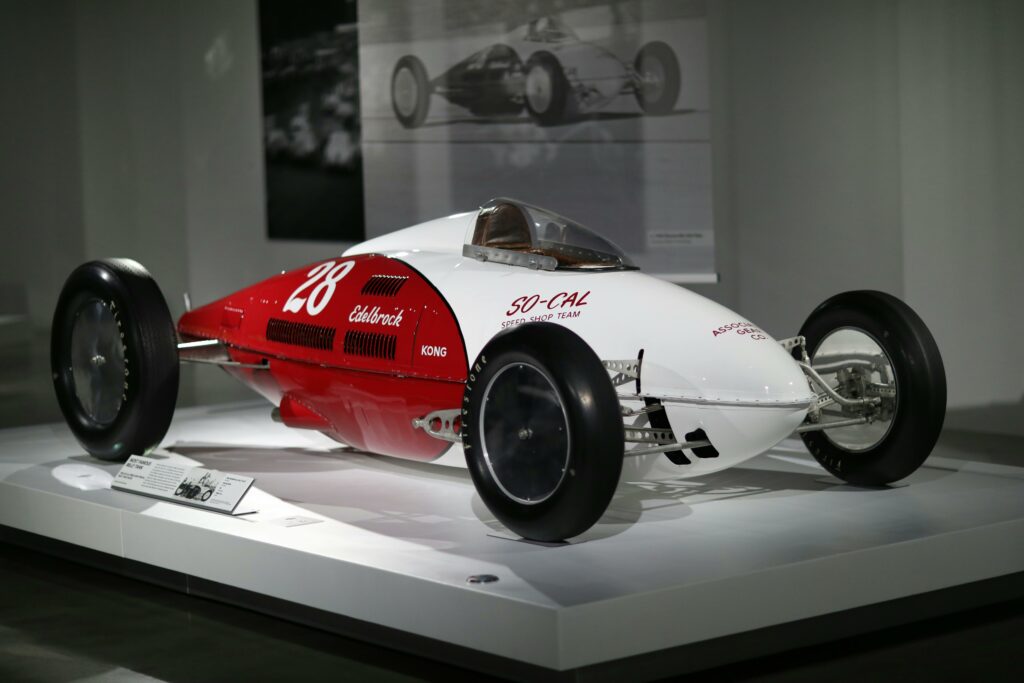
The original So-Cal belly-tank car now serves as the centrepiece of Petersen Automotive Museum co-founder Bruce Meyer’s collection.
After dominating the Bonneville scene throughout the 1950s, Alex decided to close the Speed Shop and move into automotive film-making in the 1960s, predominantly focusing on motorsport events such as Pikes Peak, Daytona and the Indy 500.
Alex’s film-making was revolutionary, and pre-dated regular televised motor sport coverage by several decades. As if that wasn’t enough, Xydias also got involved in print media, joining Petersen Publishing as publisher for Car Craft and Hot Rod Industry News in 1963.
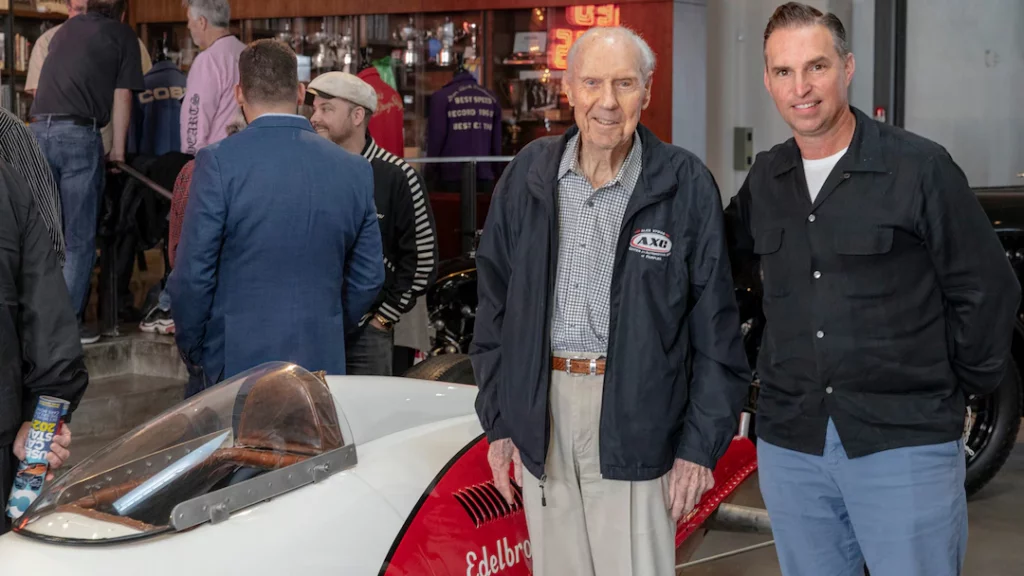
The venture into print led to Alex being significantly involved in the early days of the SEMA (Specialty Equipment Market Association) show. As the editor of Hot Rod Industry News, he played a key role in organising the inaugural High Performance and Custom Equipment Trade Show at Dodger Stadium in Los Angeles in 1967. SEMA gradually took on a greater role in managing the event, and eventually took it over entirely.
After a career in automotive journalism, Alex’s lifelong passion for cars led him to establish the Alex Xydias Center for Automotive Arts (AXC). This charity was founded to equip future generations with the hands-on skills that Alex used to forge a groundbreaking career in the automotive world – skills that are rarely taught in schools today. The AXC ensures these valuable techniques are preserved and passed down from one to generation to the next – a fitting legacy for a life so entirely dedicated to the pursuit of speed.
Magneto is saddened by Alex’s passing, and sends condolences to the family and friends he leaves behind. War hero, motoring trailblazer and legend of the hot-rodding scene, Alex was truly one of a kind, and he influenced and inspired generations of like-minded people over the course of his long and extraordinary life. He will be missed.
